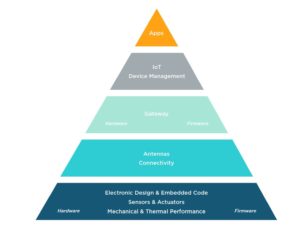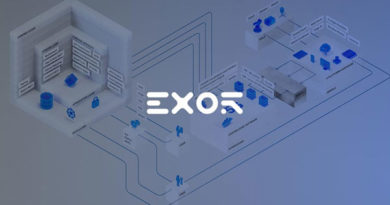The future of Products is Electronics
Increasingly, manufacturers are tasked with designing smart connected products quickly to stay ahead of the competition. As performance requirements grow, package sizes shrink, and device connectivity becomes more critical, circuit engineers and product designers need ways to make effective design decisions and collaborate to optimize complex interconnected mechanical and electromagnetic systems.
Organizations globally are looking at smart, connected solutions to deliver more value to their customers through product innovation, and in turn increase the lifetime value of their products. Smart products provide organizations with a disruptive solution that can provide clear market differentiation, creating new business models via recurring revenue and opportunities for market expansion in an overtly service economy. It’s not always easy, however, to embark on such an initiative. It takes more than adding an electronics circuit to a “dumb” product or connecting to an Internet of Things (IoT) platform to make a device connected or intelligent.
Manufacturers need to re-examine their product development approaches and lean on specialized tools to develop truly ground-breaking smart products. As performance demands continually increase, packaging sizes become smaller, and device connectivity becomes more critical, schematic engineers and product designers need ways to make efficient design decisions and collaborate with one another to optimize complex interconnected mechanical and electromagnetic systems.
 A smart product has built-in intelligence to read, adapt, and react to the operating environment in which it is used. Smart products have sensors to perceive their surroundings, and electronics, embedded code, and on-board systems to decipher the incoming signal from the sensors. Depending on the system design logic, sensor data is then stored locally or transmitted to and from the cloud. Finally, algorithms found either locally or on the cloud utilize this data to arrive at the appropriate action and trigger the actuators which execute the action. The diagram lays out the hierarchy of needs for developing a smart product – with Electronic Design forming the base.
A smart product has built-in intelligence to read, adapt, and react to the operating environment in which it is used. Smart products have sensors to perceive their surroundings, and electronics, embedded code, and on-board systems to decipher the incoming signal from the sensors. Depending on the system design logic, sensor data is then stored locally or transmitted to and from the cloud. Finally, algorithms found either locally or on the cloud utilize this data to arrive at the appropriate action and trigger the actuators which execute the action. The diagram lays out the hierarchy of needs for developing a smart product – with Electronic Design forming the base.
This means electronic system design (ESD) is having a greater influence on almost every type of product, requiring new simulation tools to help achieve electronic, electrical, mechanical, thermal, and connectivity goals. Altair’s simulation-driven design tools enable your team of specialized engineers to collaborate across all aspects of new age product development. Our products streamline development process, eliminate design iterations, and reduce time-to-market.
Delivering electronics that delight consumers requires more than just linking the electronics design and the mechanical design worlds, it requires physics analysis at the speed of design and collaboration across disciplines throughout development. Altair’s simulation driven design philosophy inspires innovation across the electronics industry, while ensuring timing, performance, reliability, and compliance targets are met; offering a smarter approach to electronic product development, meeting challenges and bringing optimization to all aspects of the development process, from PCB design to packaging and manufacturability.

Whether it is PCB development, or ensuring wireless connectivity; analysing the performance of complex assemblies under real world conditions before physical prototyping; circuit simulation and design of power electronics; design of motors, sensors, actuators, and wireless charging; elevating motor performance and reducing power consumption; designing, analysing, and simulating embedded systems; and more; all require a platform that ensures your electronic system design goals are met. Combined with Altair’s mechanical and multiphysics optimizations, data analysis and advanced Internet of Things technology, users have a complete package of solutions for faster and more cost-effective development of innovative and high-quality smart products.
One platform that meets all the electronic system design needs. Completely. And Seamlessly.
Download eGuide to Electronic System Development




